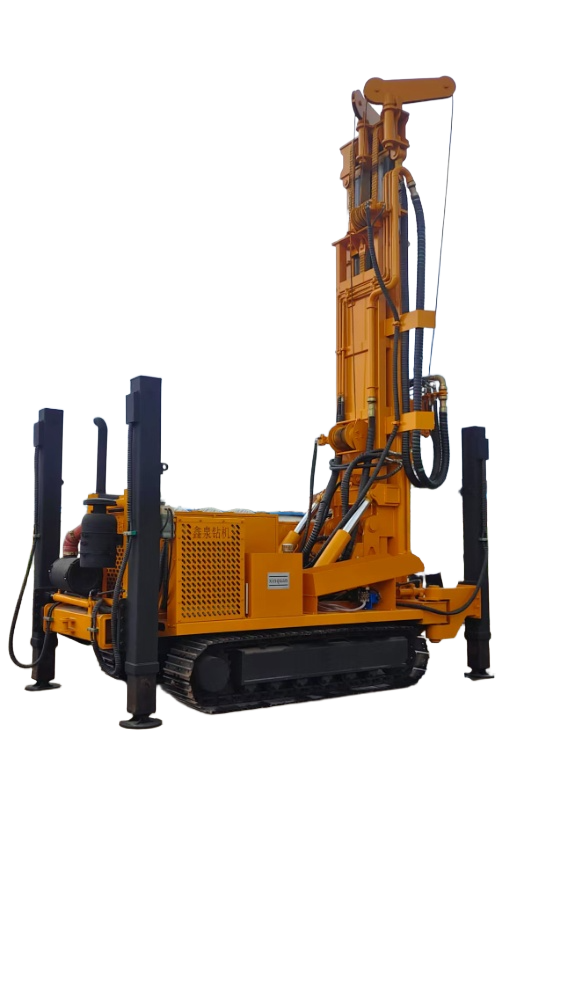The Relationship Between Mud Pumps and Drilling Fluid Properties
Mud pumps and drilling fluids have a closely interdependent relationship.
The properties of the drilling fluid—such as viscosity, density, and pH—affect how well the pump can circulate it.
While the pump’s performance influences the fluid’s ability to perform its functions.
Viscosity, for example, is a measure of the fluid’s thickness.
A fluid with high viscosity is thicker and harder to pump, requiring the pump to work harder to maintain flow.
If the pump can’t generate enough pressure, the fluid may not circulate properly, failing to carry cuttings to the surface.
On the other hand, a fluid with low viscosity may flow too easily, reducing its ability to suspend cuttings.
Mud pumps must be adjusted to match the fluid’s viscosity—for example, by increasing pressure for thicker fluids.
Density is another key property.
Heavier muds are used to control high formation pressures, but they are also harder to pump.
Pumps must have the power to circulate these dense fluids without overheating.

